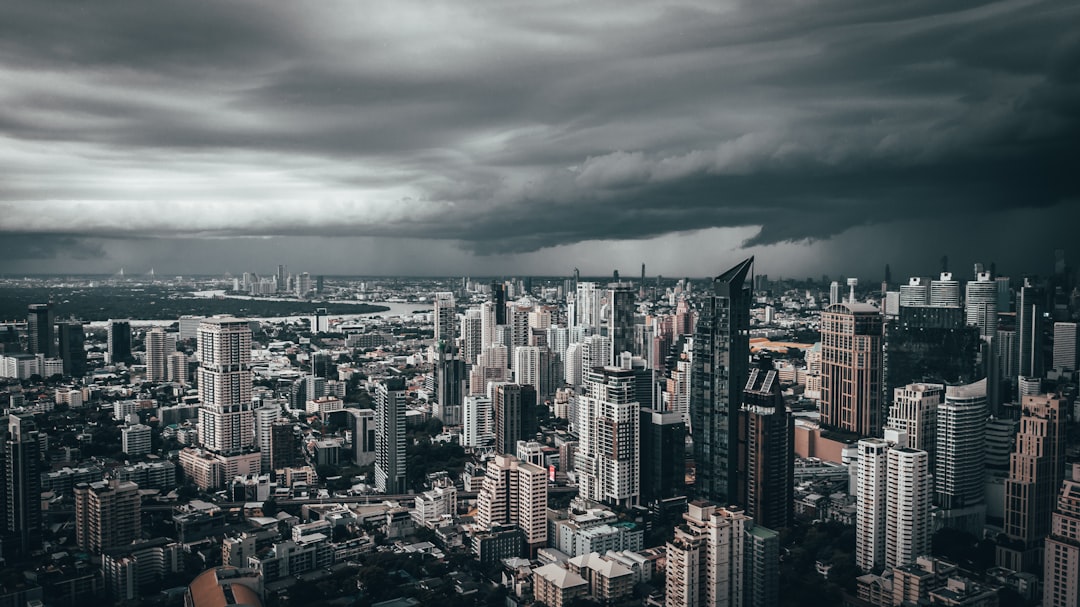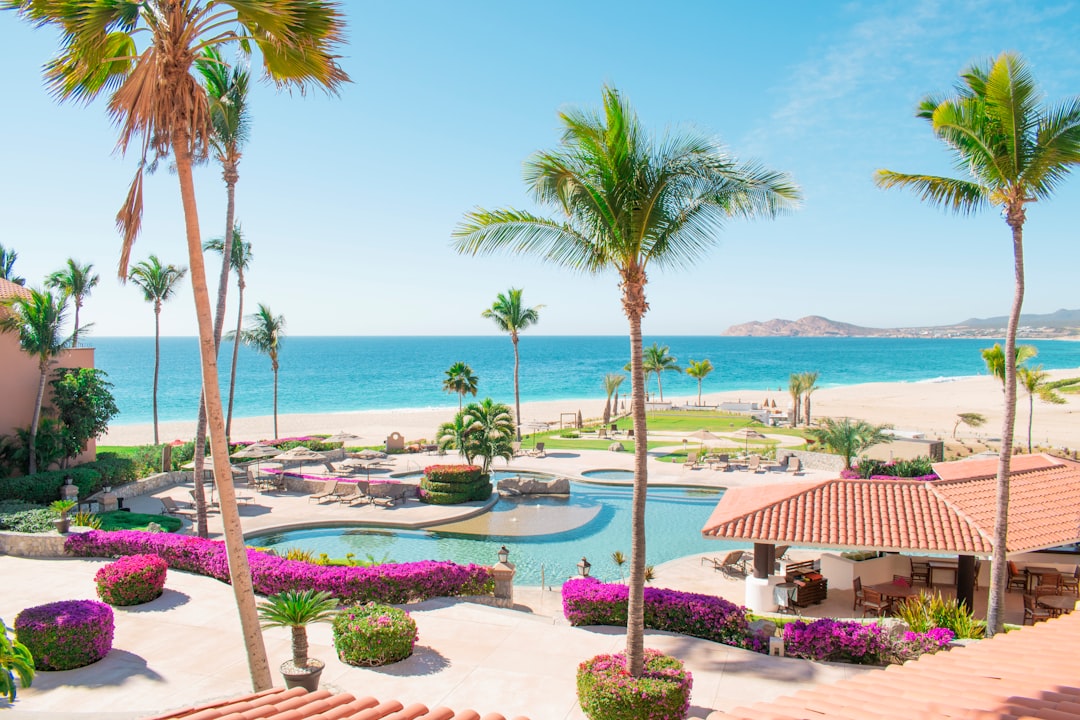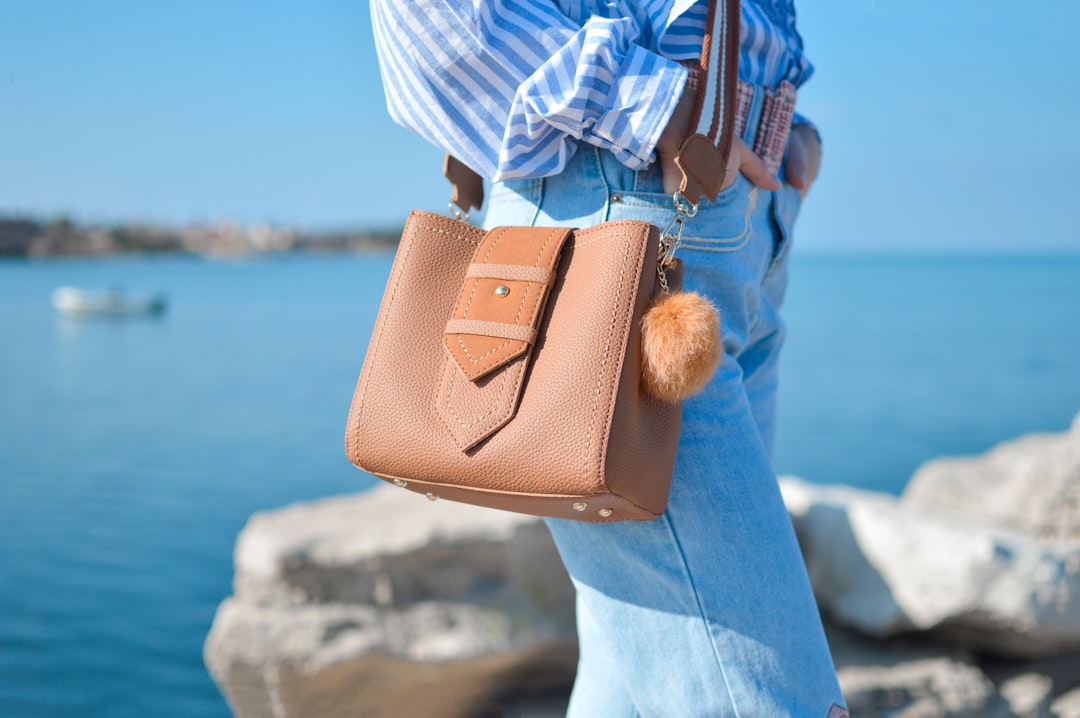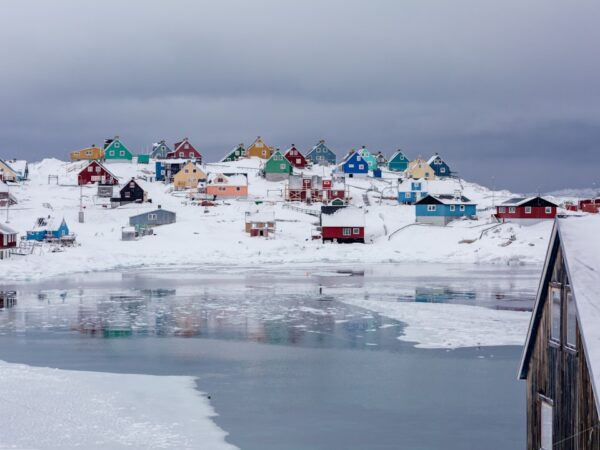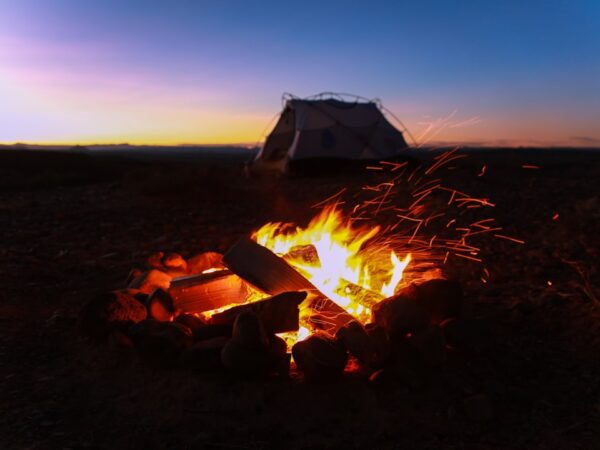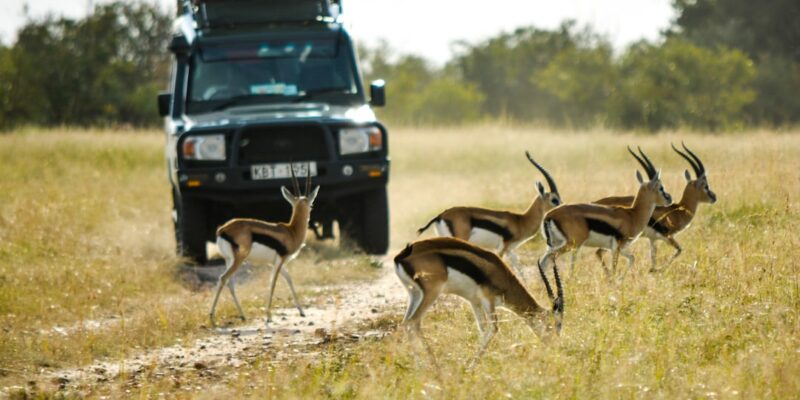
Capturing Africa’s Wildlife: Photography Safaris
Wildlife photography safaris in Africa offer a unique and thrilling experience for photographers of all levels. These safaris provide the opportunity to capture stunning images of Africa’s diverse wildlife in their natural habitats. From the majestic lions of the Serengeti to the playful elephants of Chobe National Park, there is no shortage of incredible subjects to photograph.
Africa is a popular destination for wildlife photography safaris for several reasons. Firstly, the continent is home to an abundance of wildlife, including the iconic Big Five – lions, elephants, rhinos, leopards, and buffalos. This makes it an ideal location for photographers looking to capture these magnificent creatures up close. Additionally, Africa’s vast and varied landscapes provide a stunning backdrop for wildlife photography, from the sweeping plains of the Serengeti to the lush wetlands of the Okavango Delta.
Key Takeaways
- Wildlife photography safaris in Africa offer a unique opportunity to capture stunning images of the continent’s diverse wildlife.
- The best locations for wildlife photography safaris in Africa include national parks and reserves such as the Maasai Mara, Serengeti, and Kruger.
- Choosing the right gear for wildlife photography safaris is crucial, including a telephoto lens, tripod, and camera with fast autofocus.
- Tips for capturing the perfect shot of African wildlife include being patient, understanding animal behavior, and using natural light to your advantage.
- Ethical wildlife photography is important to ensure the safety and well-being of animals, including respecting their space and avoiding disrupting their natural behavior.
Best Locations for Capturing Africa’s Wildlife
When it comes to wildlife photography safaris in Africa, there are several top destinations that photographers should consider. One of the most popular is the Maasai Mara National Reserve in Kenya. Known for its annual wildebeest migration, the Maasai Mara offers photographers the chance to capture dramatic scenes of thousands of wildebeest crossing the Mara River. The reserve is also home to a wide variety of other wildlife, including lions, cheetahs, and elephants.
Another top destination for wildlife photography safaris is the Serengeti National Park in Tanzania. This vast park is famous for its large populations of lions and other predators, as well as its annual wildebeest migration. Photographers visiting the Serengeti can capture incredible images of lions hunting on the open plains or witness the spectacle of hundreds of thousands of wildebeest on their journey across the Serengeti.
For photographers looking to capture elephants in their natural habitat, Chobe National Park in Botswana is an excellent choice. This park is home to one of the largest elephant populations in Africa, and photographers can capture these majestic creatures as they gather at the Chobe River to drink and bathe. Chobe is also home to a wide variety of other wildlife, including lions, leopards, and buffalo.
Choosing the Right Gear for Wildlife Photography Safaris
When it comes to wildlife photography safaris in Africa, having the right gear is essential. Here are some essential items that every wildlife photographer should consider:
1. Camera: A DSLR or mirrorless camera with a fast autofocus system and high ISO capabilities is ideal for wildlife photography. Look for a camera with a high burst rate to capture fast-moving subjects.
2. Lenses: A telephoto lens is a must-have for wildlife photography, as it allows you to get close to your subjects without disturbing them. A lens with a focal length of at least 300mm is recommended, but longer lenses, such as a 400mm or 600mm, can provide even more reach.
3. Tripod: A sturdy tripod is essential for keeping your camera steady and reducing camera shake, especially when using longer lenses. Look for a tripod that is lightweight and easy to carry on safari.
4. Accessories: Other accessories that can be useful for wildlife photography safaris include extra batteries, memory cards, and a lens cleaning kit. It’s also a good idea to invest in a waterproof camera bag or cover to protect your gear from dust and rain.
When selecting gear for your wildlife photography safari, it’s important to consider the weight and size of your equipment. You will be carrying your gear with you throughout the safari, so it’s important to choose items that are lightweight and easy to transport.
Tips for Capturing the Perfect Shot of African Wildlife
| Tips for Capturing the Perfect Shot of African Wildlife |
|---|
| 1. Use a telephoto lens to get close-up shots without disturbing the animals. |
| 2. Be patient and wait for the right moment to capture the perfect shot. |
| 3. Use a tripod or monopod to keep your camera steady and avoid blurry shots. |
| 4. Pay attention to the lighting and adjust your camera settings accordingly. |
| 5. Use the rule of thirds to compose your shots and create a more visually appealing image. |
| 6. Be respectful of the animals and their environment, and avoid disturbing them for the sake of a photo. |
| 7. Experiment with different angles and perspectives to create unique and interesting shots. |
| 8. Take multiple shots of the same subject to increase your chances of getting the perfect shot. |
| 9. Practice and learn from your mistakes to improve your photography skills. |
Capturing stunning wildlife photos requires a combination of technical skill and artistic vision. Here are some tips to help you capture the perfect shot of African wildlife:
1. Patience is key: Wildlife photography requires a lot of patience. Animals don’t always cooperate, and it may take time to get the shot you want. Be prepared to spend hours waiting for the perfect moment.
2. Use the right settings: Set your camera to a fast shutter speed to freeze the motion of fast-moving animals. Use a wide aperture to create a shallow depth of field and blur the background, drawing attention to your subject. Experiment with different settings to find what works best for the specific conditions and subjects you are photographing.
3. Get down to eye level: To create more intimate and engaging photos, try to get down to eye level with your subjects. This can be achieved by crouching or lying down on the ground. By shooting from the same level as the animal, you can capture their perspective and create a more immersive image.
4. Pay attention to composition: Composition is key in wildlife photography. Look for interesting angles, leading lines, and natural frames to enhance your images. Don’t be afraid to experiment with different compositions and perspectives.
5. Be respectful of the animals: When photographing wildlife, it’s important to respect their space and not disturb them. Keep a safe distance and avoid making sudden movements or loud noises that could scare them away or cause them stress.
The Importance of Ethical Wildlife Photography
Ethical wildlife photography is crucial for the well-being of animals and their habitats. Unethical practices, such as getting too close to animals or disturbing their natural behavior, can have negative impacts on their welfare and disrupt their ecosystems.
When photographing wildlife, it’s important to prioritize the well-being of the animals above getting the perfect shot. Here are some tips for practicing ethical wildlife photography:
1. Respect their space: Keep a safe distance from the animals and avoid approaching them too closely. This will help minimize stress and disturbance.
2. Observe their behavior: Take the time to observe and understand the behavior of the animals you are photographing. This will allow you to anticipate their movements and capture more natural and authentic images.
3. Do not bait or feed animals: Feeding or baiting animals to get closer to them is unethical and can disrupt their natural behavior. It can also create dependency on humans, which can be harmful to their long-term survival.
4. Do not alter the environment: Avoid moving or disturbing natural elements in the environment to get a better shot. This includes not trampling vegetation or moving rocks or branches.
5. Educate others: Use your images and experiences to raise awareness about the importance of ethical wildlife photography. Share your knowledge and encourage others to practice responsible photography.
By practicing ethical wildlife photography, photographers can help protect and preserve Africa’s incredible wildlife for future generations to enjoy.
Wildlife Photography Safaris for Beginners
If you’re new to wildlife photography, a wildlife photography safari can be an excellent way to learn and improve your skills. Here are some tips for preparing for a wildlife photography safari as a beginner:
1. Research and plan ahead: Before embarking on a wildlife photography safari, do your research and plan ahead. Learn about the animals you are likely to encounter, their behavior, and their habitats. This will help you anticipate their movements and capture better images.
2. Learn the basics of photography: Familiarize yourself with the basic principles of photography, such as exposure, composition, and focusing. Practice these skills before your safari so that you are comfortable using your camera in different situations.
3. Pack the right gear: As a beginner, you don’t need to invest in expensive or professional-grade gear. A basic DSLR or mirrorless camera with a telephoto lens will be sufficient for most wildlife photography safaris. Focus on learning how to use your equipment effectively rather than worrying about having the latest and greatest gear.
4. Take a photography workshop or tour: Consider joining a photography workshop or tour specifically designed for beginners. These workshops often provide guidance and instruction from experienced photographers, as well as opportunities to practice your skills in the field.
5. Be patient and observant: Wildlife photography requires a lot of patience and observation. Take the time to observe the animals and their behavior, and be prepared to wait for the perfect moment to capture your shot.
A wildlife photography safari for beginners can be an exciting and rewarding experience. It’s an opportunity to learn from experienced photographers, improve your skills, and capture incredible images of Africa’s wildlife.
Advanced Wildlife Photography Techniques for Experienced Photographers
For experienced photographers looking to take their wildlife photography to the next level, there are several advanced techniques that can help you capture unique and creative shots of African wildlife. Here are some techniques to consider:
1. Silhouettes: Silhouettes can create dramatic and striking images. Look for opportunities to capture silhouettes of animals against colorful sunsets or backlit scenes. To achieve a silhouette, expose for the bright background and let the animal appear as a dark shape against it.
2. Panning: Panning is a technique that involves tracking a moving subject with your camera while using a slow shutter speed. This creates a sense of motion in the image while keeping the subject relatively sharp. Panning can be particularly effective when photographing animals in motion, such as running cheetahs or flying birds.
3. Creative use of depth of field: Experiment with different depths of field to create unique and artistic images. Use a wide aperture to create a shallow depth of field and blur the background, drawing attention to your subject. Alternatively, use a narrow aperture to create a deep depth of field and capture sharp details throughout the image.
4. High-speed sync flash: Using a high-speed sync flash can help freeze the motion of fast-moving animals while still maintaining a properly exposed image. This technique is particularly useful when photographing animals in low light or when using a fast shutter speed.
5. Focus stacking: Focus stacking involves taking multiple images of the same subject at different focus points and then combining them in post-processing to create a final image with a greater depth of field. This technique can be useful when photographing small or close-up subjects, such as insects or flowers.
Experimenting with these advanced techniques can help you capture unique and creative shots of African wildlife. Don’t be afraid to push the boundaries and try new things to take your wildlife photography to the next level.
The Role of Local Guides in Wildlife Photography Safaris
Local guides play a crucial role in wildlife photography safaris. They have extensive knowledge of the local wildlife and their behavior, as well as the best locations and times to photograph them. Here are some ways that local guides can enhance the safari experience and help photographers capture the best shots:
1. Expert knowledge: Local guides have a deep understanding of the local wildlife and their habitats. They can provide valuable insights into animal behavior, helping photographers anticipate their movements and capture more authentic images.
2. Access to remote locations: Local guides often have access to remote or off-the-beaten-path locations that are not easily accessible to tourists. These locations can provide unique opportunities for photographers to capture rare or elusive species in their natural habitats.
3. Safety and security: Local guides are familiar with the local environment and can ensure the safety and security of photographers during the safari. They can navigate challenging terrain, identify potential risks, and provide assistance if needed.
4. Cultural insights: In addition to their knowledge of wildlife, local guides can also provide insights into the local culture and traditions. This can add an extra dimension to the safari experience and allow photographers to incorporate cultural experiences into their wildlife photography.
By working with local guides, photographers can maximize their chances of capturing incredible images of African wildlife and gain a deeper understanding of the local environment and culture.
Combining Wildlife Photography with Cultural Experiences in Africa
One of the unique aspects of wildlife photography safaris in Africa is the opportunity to combine wildlife photography with cultural experiences. Africa is a continent rich in diverse cultures and traditions, and incorporating these experiences into your safari can provide a more holistic and immersive experience. Here are some examples of cultural experiences that can be incorporated into a wildlife photography safari:
1. Visit local communities: Many wildlife reserves and national parks in Africa are located near local communities. Visiting these communities can provide insights into their way of life, traditions, and customs. It can also provide opportunities for portrait photography and capturing images of daily life.
2. Attend cultural festivals: Africa is known for its vibrant and colorful festivals, which celebrate everything from harvests to coming-of-age ceremonies. Attending these festivals can provide unique photographic opportunities and allow you to capture the spirit and energy of the local culture.
3. Explore local markets: Local markets are a hub of activity and provide a wealth of photographic opportunities. From colorful produce to traditional crafts, there is no shortage of interesting subjects to capture. Markets also offer a chance to interact with locals and learn about their daily lives.
4. Participate in traditional activities: Depending on the location, you may have the opportunity to participate in traditional activities such as cooking, dancing, or crafts. These activities can provide unique photo opportunities and allow you to immerse yourself in the local culture.
By combining wildlife photography with cultural experiences, photographers can gain a deeper understanding of Africa’s rich heritage while capturing stunning images of its wildlife.
Preserving Africa’s Wildlife through Photography
Wildlife photography plays a crucial role in conservation efforts in Africa. By capturing and sharing images of Africa’s incredible wildlife, photographers can raise awareness about the importance of conservation and inspire others to take action. Here are some ways that photographers can use their images to support conservation initiatives:
1. Share your images: Share your images on social media, photography websites, and other platforms to reach a wider audience. Use captions and descriptions to educate viewers about the species and habitats you have photographed and the conservation challenges they face.
2. Collaborate with conservation organizations: Partner with local or international conservation organizations to use your images for educational materials, fundraising campaigns, or awareness-raising initiatives. Your images can help illustrate the importance of protecting wildlife and their habitats.
3. Donate your images: Consider donating your images to conservation organizations or wildlife publications to support their work. Your images can be used in educational materials, research projects, or advocacy campaigns.
4. Participate in photography competitions: Enter your images into photography competitions focused on wildlife or conservation. Winning or placing in these competitions can provide exposure for your work and help raise awareness about conservation issues.
5. Support local communities: Many wildlife conservation efforts in Africa involve working with local communities to promote sustainable livelihoods and reduce human-wildlife conflict. Consider supporting these initiatives by purchasing local crafts or products, or by donating a portion of your photography proceeds to community-based projects.
By using their images to raise awareness and support conservation initiatives, photographers can contribute to the preservation of Africa’s incredible wildlife for future generations to enjoy.
In conclusion, wildlife photography safaris in Africa offer a unique and thrilling experience for nature enthusiasts and photographers alike. The vast and diverse landscapes of Africa provide the perfect backdrop for capturing stunning images of iconic animals such as lions, elephants, and giraffes in their natural habitats. The opportunity to witness these majestic creatures up close and personal is truly awe-inspiring and allows photographers to capture intimate moments that tell a story. Additionally, the guidance and expertise of experienced guides and rangers ensure that participants have the best chance of encountering wildlife and capturing breathtaking shots. Whether it’s the thrill of tracking a leopard through the dense bush or witnessing a herd of wildebeest during the Great Migration, wildlife photography safaris in Africa offer an unparalleled adventure that will leave participants with memories and photographs to cherish for a lifetime.
FAQs
What is wildlife photography safari?
Wildlife photography safari is a type of photography that involves capturing images of wild animals in their natural habitat. It is usually done in national parks, game reserves, and other protected areas.
What is the best time to go on a wildlife photography safari in Africa?
The best time to go on a wildlife photography safari in Africa is during the dry season, which is usually from June to October. During this time, the animals tend to congregate around water sources, making them easier to spot and photograph.
What equipment do I need for a wildlife photography safari?
You will need a good quality camera with a telephoto lens, a tripod, and a beanbag or cushion to stabilize your camera. You may also want to bring a backup camera, extra batteries, and memory cards.
What are the best locations for wildlife photography safaris in Africa?
Some of the best locations for wildlife photography safaris in Africa include the Maasai Mara in Kenya, the Serengeti in Tanzania, and Kruger National Park in South Africa. These areas are known for their diverse wildlife populations and stunning landscapes.
What types of animals can I expect to see on a wildlife photography safari in Africa?
You can expect to see a wide variety of animals on a wildlife photography safari in Africa, including lions, elephants, giraffes, zebras, cheetahs, leopards, and many more. The exact animals you will see will depend on the location and time of year.
What are the benefits of going on a wildlife photography safari in Africa?
Going on a wildlife photography safari in Africa allows you to see and photograph some of the world’s most iconic animals in their natural habitat. It also provides an opportunity to learn about conservation efforts and support local communities. Additionally, it can be a once-in-a-lifetime experience that creates lasting memories.


